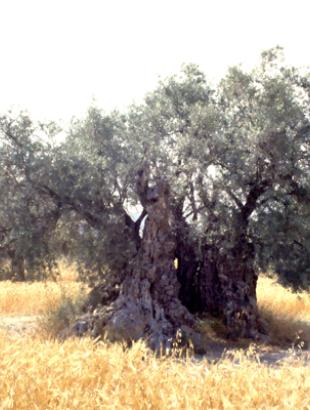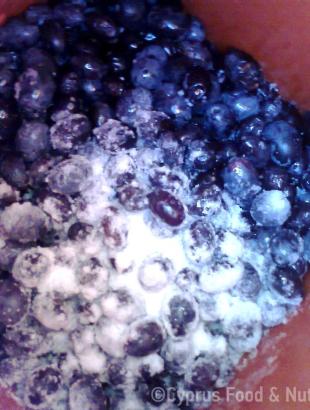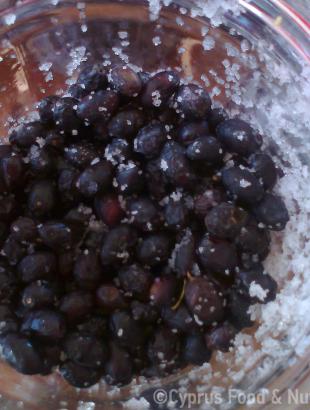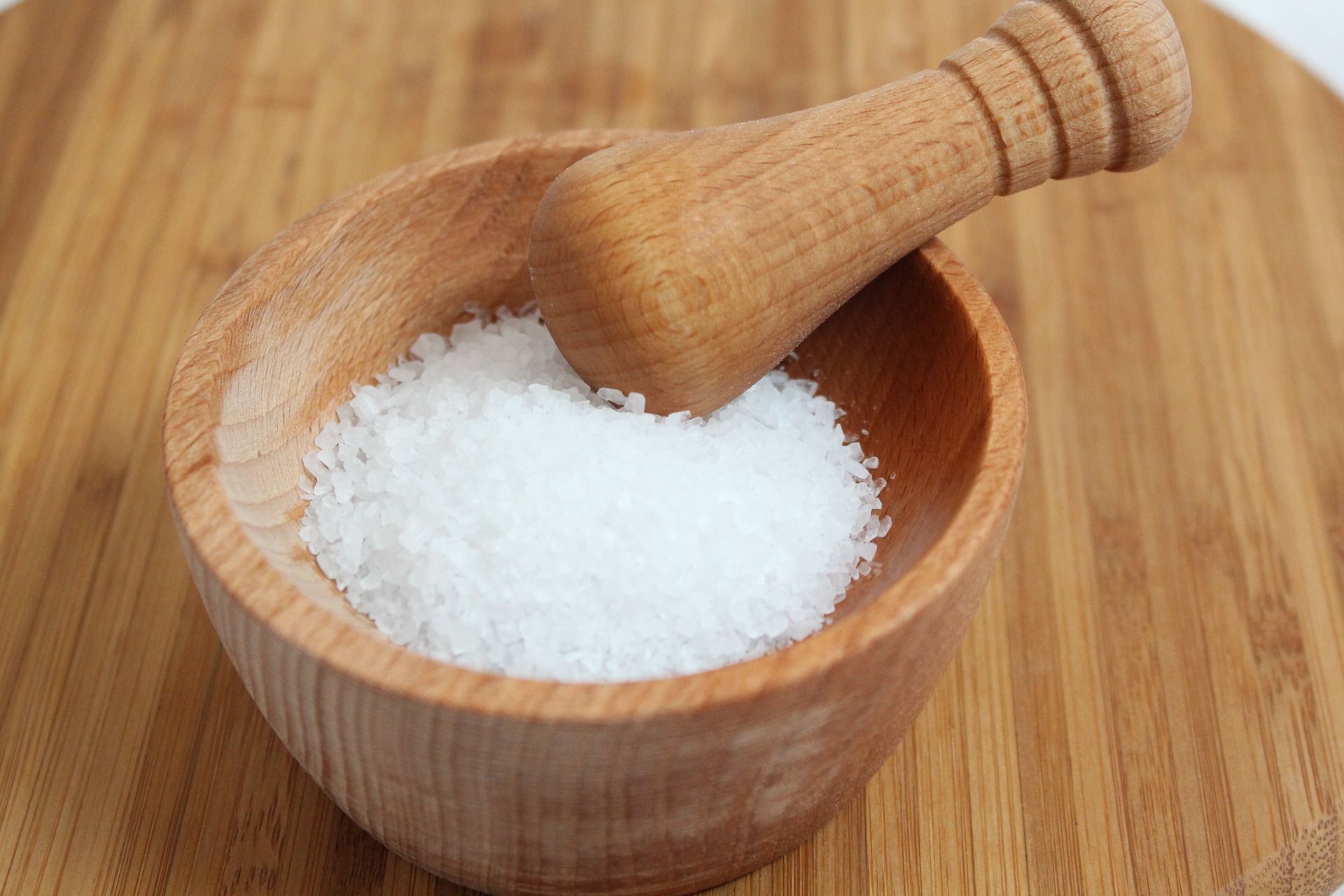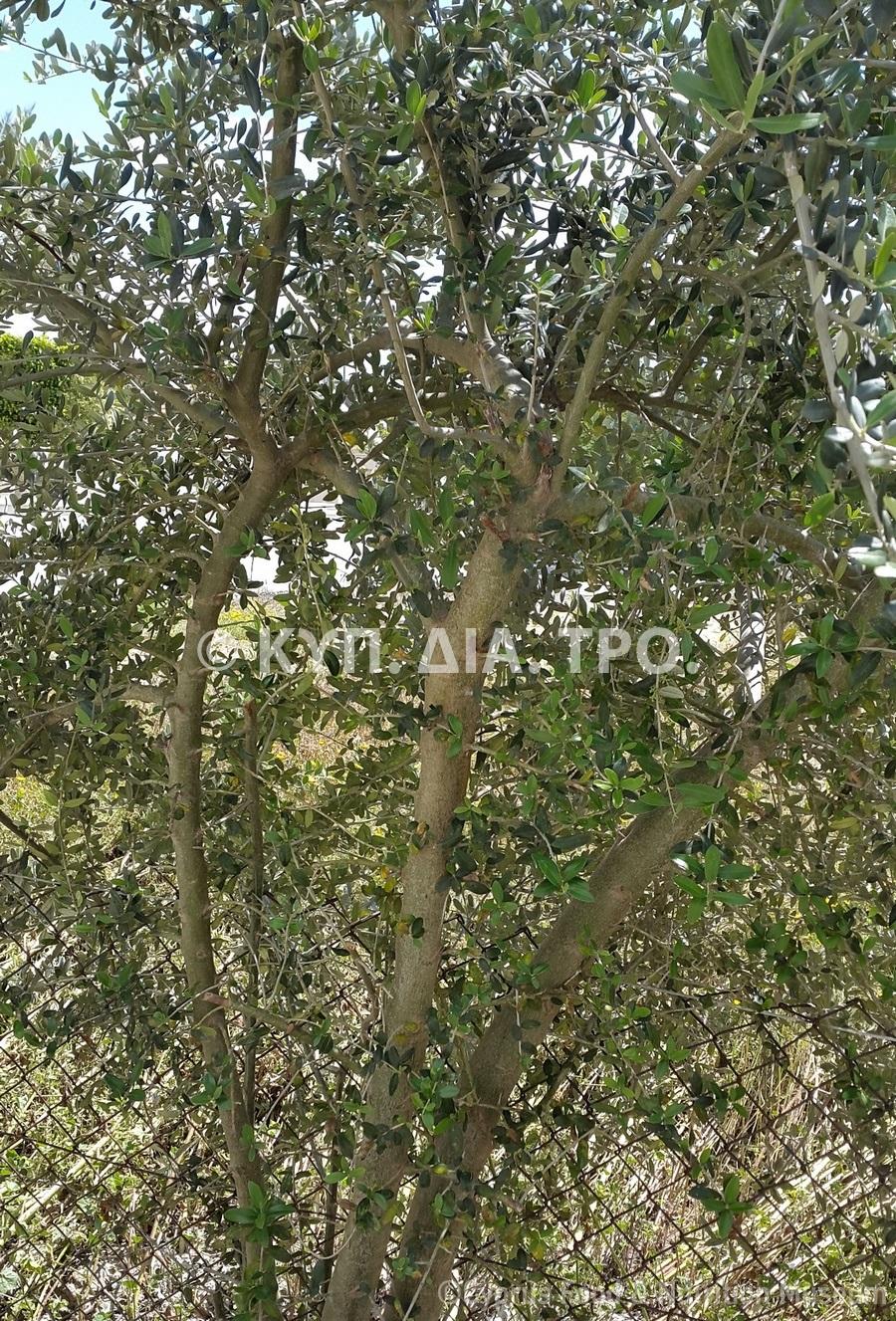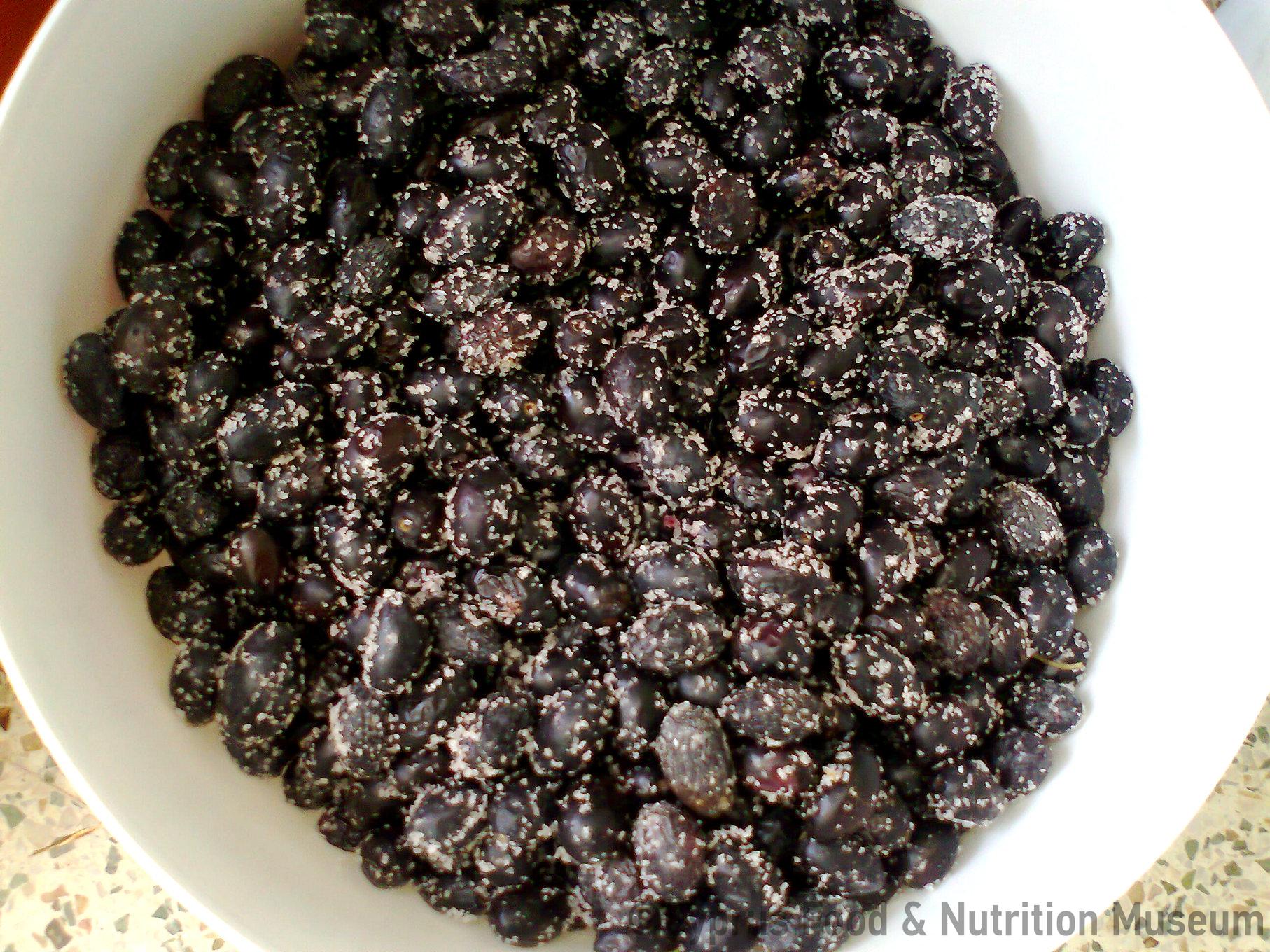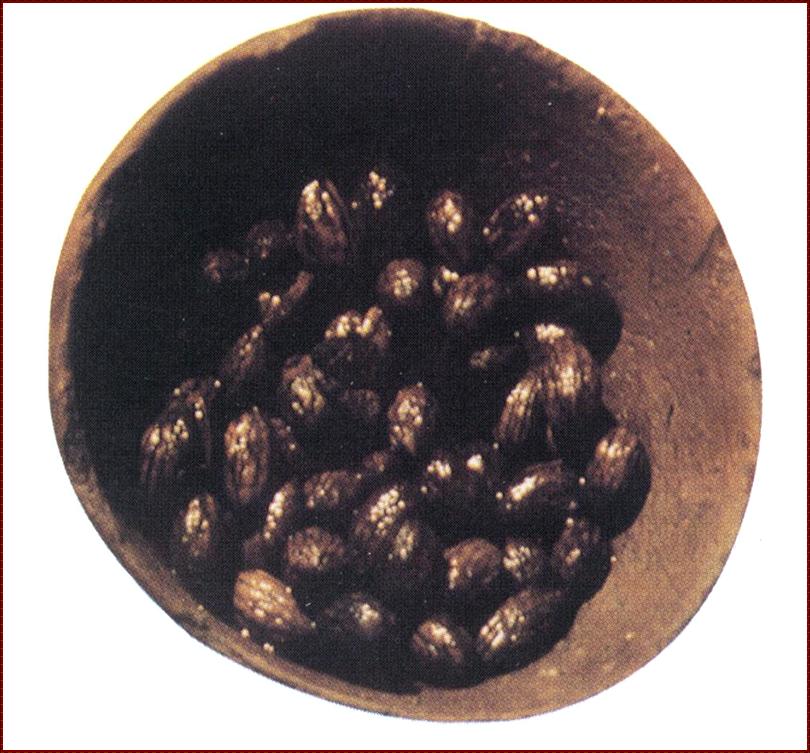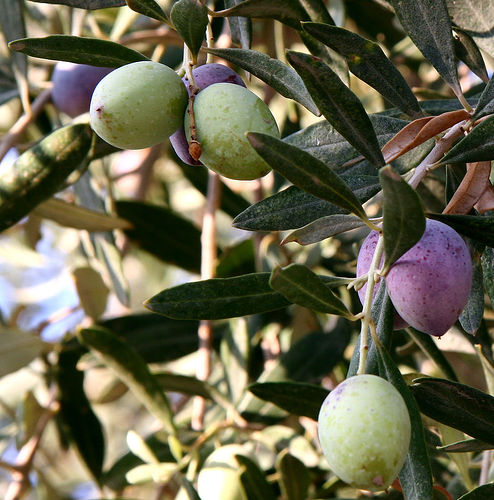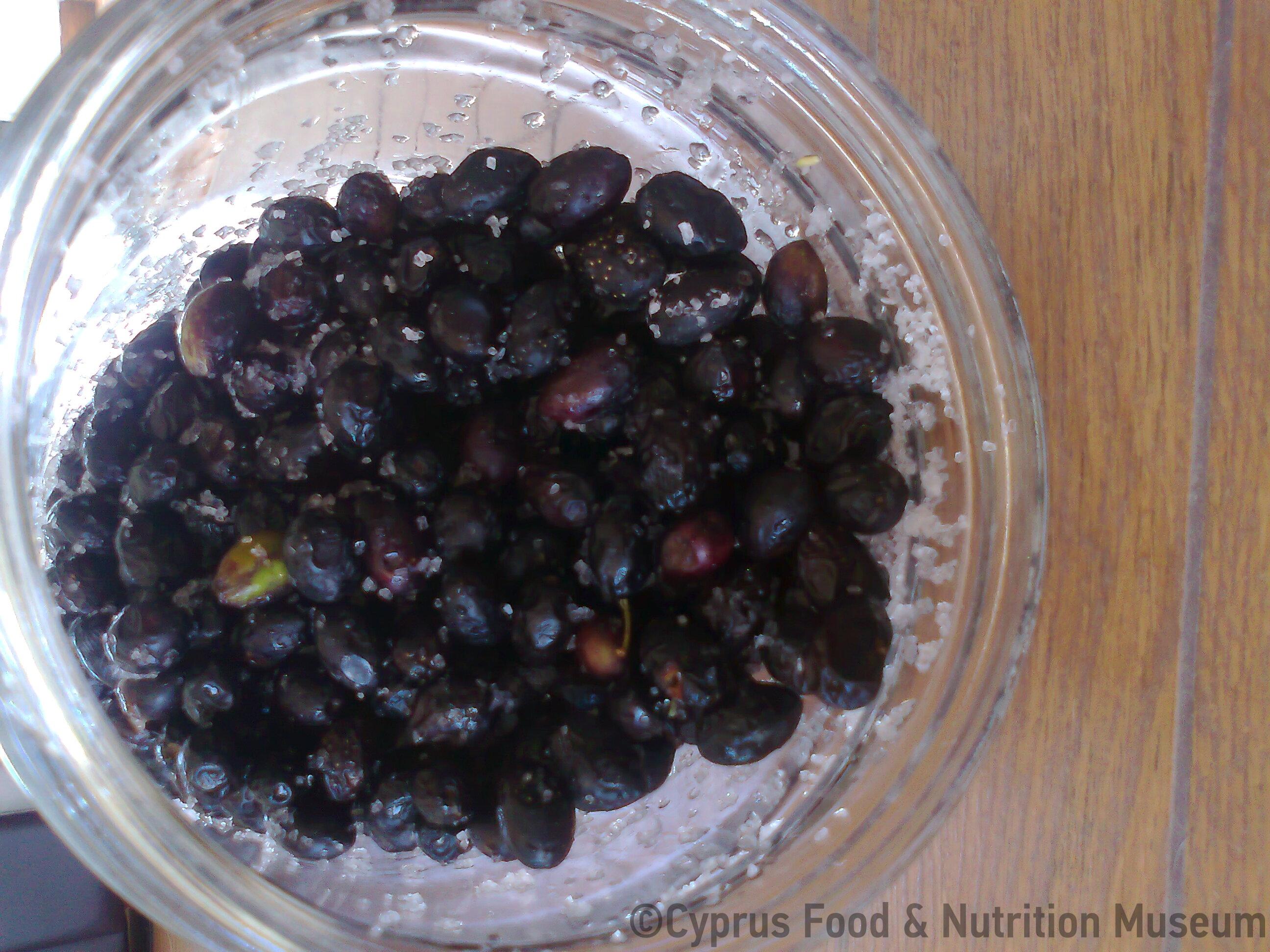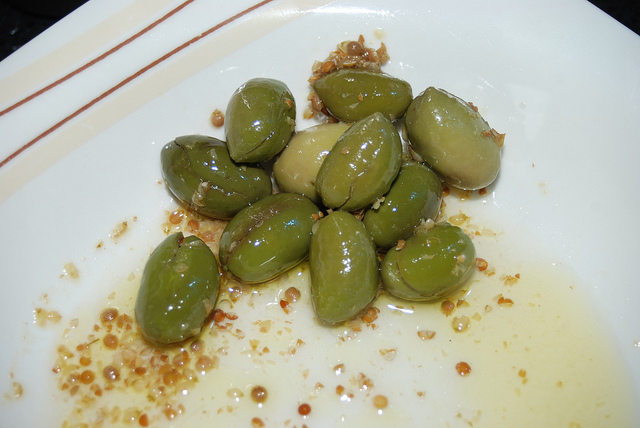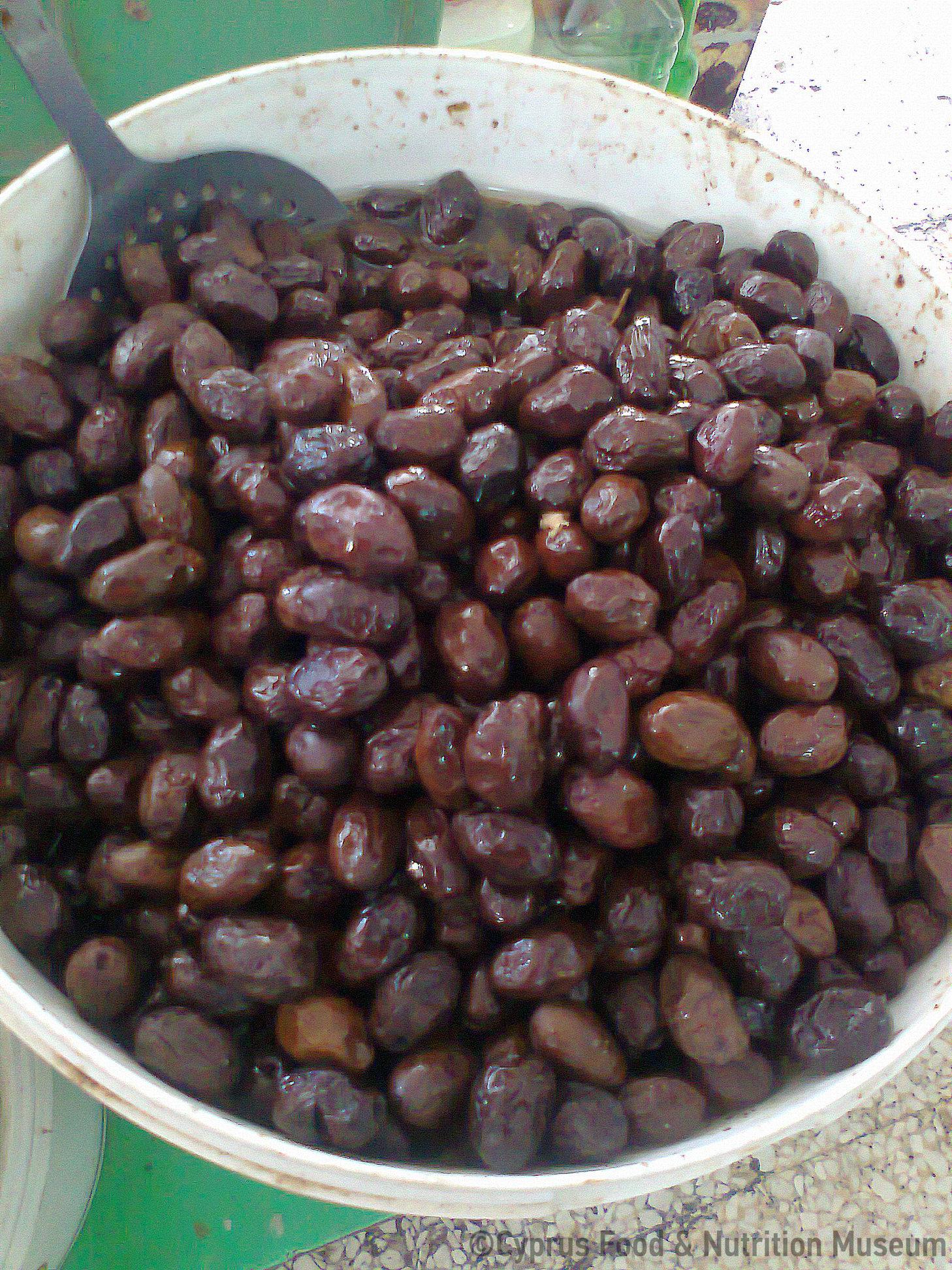Foods
Olives from a specific olive tree variety.
Foods
A variety of olives.
Foods
Olive oil extracted from native olive trees.
Traditional Recipes
“…salt them and leave them in the basin. Stir them until the salt dissolves and they are ready” (Testimony of Panagiota Charalambous, Kyperounda).
Foods
Olives in ancient times.
Foods
Harvesting of olives was usually taking place in two periods, according to the type of olives to be produced. In late August or early September, when olives were still green, Cypriots would pick a…
Foods
Elies koumniastes were prepared using ripe black olives. Cypriot women would wash the olives, they would put them in brine for 3-4 days and would store them in a koumna (clay container) with salt.
Foods
Green olives which, during their preparation, were crushed with a stone.
Foods
For the preparation of xidates olives, women used to cut the flesh of the olives with a blade and soak them in water for 6 days. Then they would drain them and put them in a container with brine for…
Traditional Recipes
Often, eliopitta has the shape of a small round bun and contains whole olives. In other cases, it may be kneaded with pieces of olives, onion and fresh coriander/spearmint, or it may be a rolled pie…
Foods
Eliopittes are appetising and delicious; during baking the oil from the olives is absorbed into the dough (Pharmakidou, 2003 p. 302).
Foods
The Cypriot table olive is produced from a local Cypriot variety of olives, cultivated all over the island.
Traditional Recipes
“Close the container and leave them for 40 days, but stir them daily. After 40 days, if the olives have too much water, remove the excess. Add the olive oil and vinegar” (Eleni Filippou, Kyperounda)
Traditional Recipes
A Cypriot version of pizza. Everyone’s favourite is topped with local traditional ingredients.
Traditional Recipes
“Crack the olives. Place them in a container with water. Add the water, salt and lemon juice and mix. Put the olives in bottles and fill them with the marinade” (Georgia Neocleous, Kyperounda).


